Description
What is 433MHz Lora Antenna Dipole Omni PCB Antenna?
Lora Antenna is designed for the Lora application which works at ISM-free bands like 433MHz /868MHz /915MHz.
The embedded antenna item CTRF-ANTENNA-PCB-0433-4007-IPEX is a 433MHz Lora Antenna Dipole Omni PCB Antenna with a 40x7mm PCB board size omnidirectional dipole antenna 433Mhz with 100mm length RG 1.13 low loss coax cable antenna Ipex U.FL connector for Lora and ISM RFID application devices.
C&T RF Antennas Inc. manufactures a wide range of Lora antennas with 169Mhz antennas, 315Mhz antennas, 433Mhz antennas, 868Mhz antennas, and 915Mhz antennas for Lora devices.
C&T RF Antennas Inc provides internal & external antennas with the antenna radio frequencies such as NFC, 169MHz, 230MHz, 315MHz, 433MHz, 868MHz, 915MHz, VHF&UHF, Lora, NB-IoT, ADS-B, GSM, GNSS, Wifi 2.4GHz, 5.8GHz, Cellular 2G 3G 4G LTE, GPS, 5G NR, etc.
C&T RF Antennas Inc. provides RF antennae with Omni & Directional antenna types such as Dipole Antennas, Whip Antennas, Marine Antennas, Router Antennas, MIMO Antennas, Combo Antennas, PCB Antennas, FPC Antennas, Spring Antennas, Magnetic Antennas, Sector Antennas, Yagi Antennas, and Accessories, etc, for IoT & M2M industries.
433MHz Lora Antenna Dipole Omni PCB Antenna Is Available At C&T RF Antennas Inc., We Offer The 433MHz Lora Antenna Datasheet, 433MHz Lora Antenna Inventory, And 433MHz Lora Antenna Pricing, Or Other 433MHz Lora Antenna PCB Antennas.
433MHz Lora Antenna Dipole Omni PCB Antenna Specifications
| 433MHz Lora Antenna Dipole Omni PCB Antenna Electrical Specifications | |
| RF Antenna Type | Embedded PCB Antenna |
| Model | CTRF-ANTENNA-PCB-0433-4007-IPEX |
| Frequency Center | 433MHz |
| Gain | 3dBi |
| VSWR | ≤2.0 |
| Impedance | 50 Ω |
| Polarization | Vertical/Linear |
| Cable Type | RG1.13 |
| Connector | IPEX |
| Cable Length | 100mm |
| Lightning Protection | DC-Ground |
| 433MHz Lora Antenna Dipole Omni PCB Antenna Mechanical Specifications | |
| PCB Board Dimension | 40*7mm |
| Weight | Approx. 3g |
| Material | FPCB + RG Cable + U.FL connector |
| Operation Temperature | -40˚C ~ +85˚C |
| Storage Temperature | -40˚C ~ +80˚C |
| Color | Black |
| Antenna Design | Dipole Array |
| Mounting | Connector/Sticker |
| Safety Emission and other | RoHS Compliant |
| Applications | Public Safety/LMR/P25/TETRA, ISM/SCADA/Utilities, RFID, IoT/NB-IoT/LoRa |
433MHz Lora Antenna PCB Antenna Features
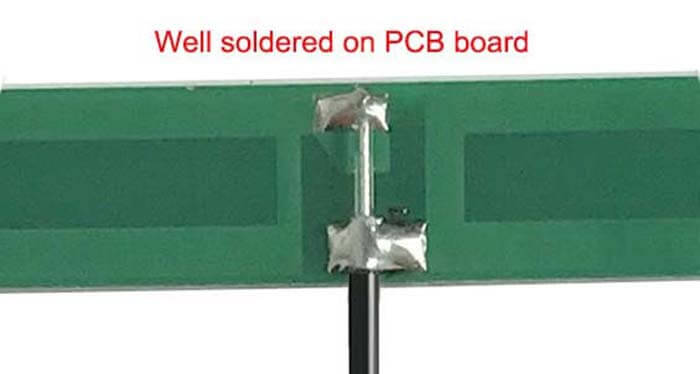

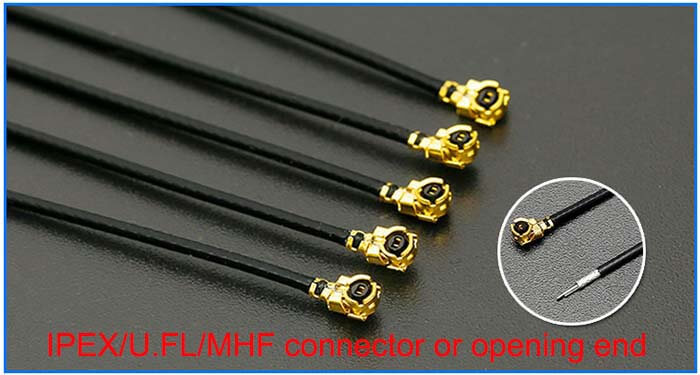
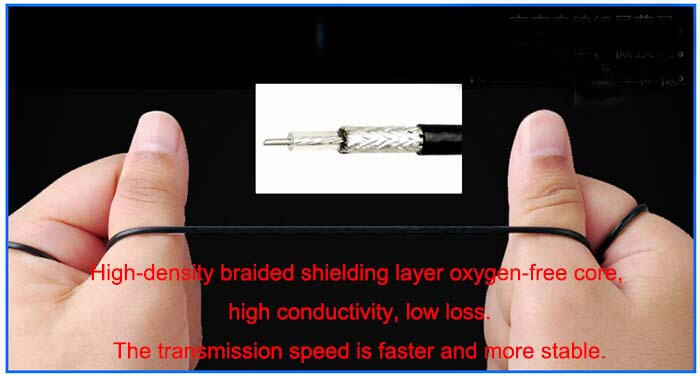
The difference between the Zigbee module and the 433MHz wireless module
ZigBee is characterized by low power consumption, high reliability, strong anti-interference, and easy network deployment.
The network coverage can be easily extended dozens of times through wireless repeaters, so from small space to large space, from simple space it can be used from environments to complex space environments.
But compared to WiFi technology, Zigbee is positioned for applications with low transmission rates, so Zigbee is obviously not suitable for high-speed Internet access and large file downloads.
For wireless ordering applications in the catering industry, the amount of data transmission is generally not very large, so Zigbee technology is very suitable for this application.
Zigbee module
433MHz technology uses the 433MHz wireless frequency band, so compared to WiFi and Zigbee, the significant advantage of 433MHz is that the wireless signal has strong penetrability and can spread farther.
But its shortcoming is also very obvious, that is, its data transmission rate is only 9600bps, which is far less than the data rate of WiFi and Zigbee, so 433Mhz technology is generally only suitable for applications with less data transmission.
From the perspective of communication reliability, 433Mhz technology, like WiFi, only supports the topological structure of a star network and expands the network coverage space through multiple base stations.
Therefore, the reliability and stability of wireless communication are also inferior to Zigbee. technology.
In addition, different from the encryption function used in Zigbee and WiFi technologies, the 433Mhz network generally uses a data transparent transmission protocol, so its network security and reliability are also poor.
What is the difference between the Zigbee module and the 433MHz wireless modules?
The essential difference between ZigBee and 433MHz wireless ad hoc network modules is the working frequency band and communication mechanism.
Generally, ZigBee adopts the standard protocol stipulated by the International Zigbee Alliance and uses the 2.4G frequency band for transmission and networking. The distance is not ideal, and there are many interference sources.
It is mainly used in smart furniture and short-distance networking applications. If you use the 433m wireless ad hoc network module, you can learn about the WBee module, work on 433mhz earlier, and independently develop the communication networking protocol with 6lowpan technology.
Support IPV6 communication, fewer interference sources, long communication distance, and the measured visual distance support of 4-6KM.
The difference between the Zigbee module and the 433Mhz module
Why do smart homes use ZigBee instead of a 433MHz Lora Antenna?
315Mhz/433MHz Lora Antenna
These radio frequency technologies are widely used in vehicle monitoring, remote control, telemetry, small wireless networks, industrial data acquisition systems, wireless tags, identification, non-contact RF, and other places.
Some manufacturers also introduce them into smart home systems, but due to their anti-interference ability Weak, inconvenient networking, average reliability, chaotic standards, and low security.
The application effect on smart homes is unsatisfactory. It is generally good and was finally abandoned by mainstream manufacturers.
ZigBee
The basis of Zigbee is IEEE802.15. However, IEEE only deals with low-level MAC layer and physical layer protocols, so the Zigbee Alliance has expanded IEEE to standardize its network layer protocols and APIs.
ZigBee is an emerging short-range, low-rate, low-power wireless network technology, mainly used for short-range wireless connections.
It has the characteristics of low complexity, low power consumption, low speed, low cost, self-organizing network, high reliability, and high security. It is mainly suitable for applications in automatic control and remote control and can be embedded in various devices.
In short, ZigBee is a cheap, low-power, self-organizing short-range wireless communication technology.

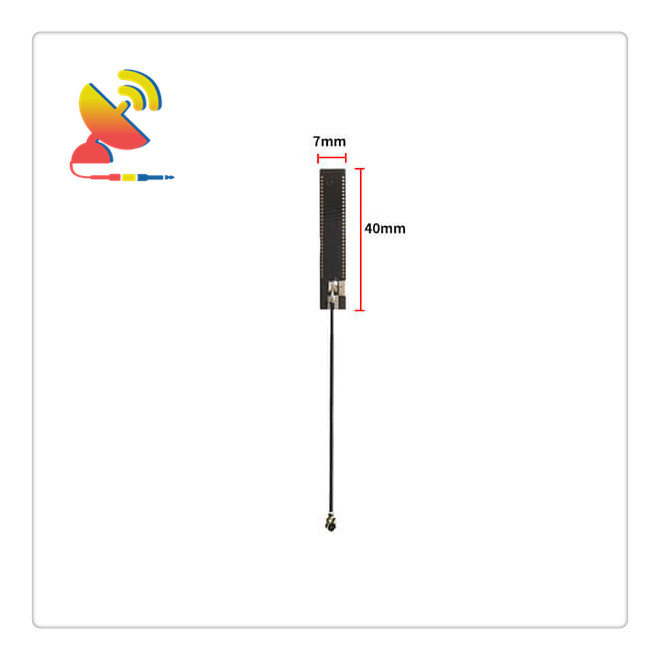
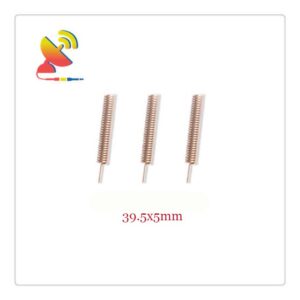
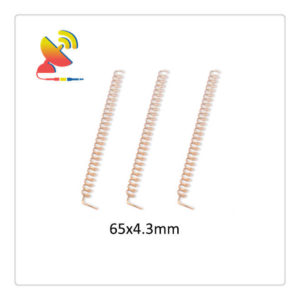
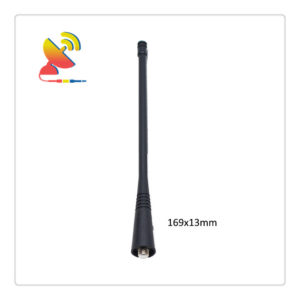
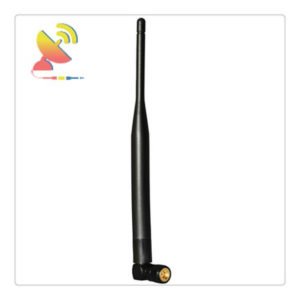
Reviews
There are no reviews yet.